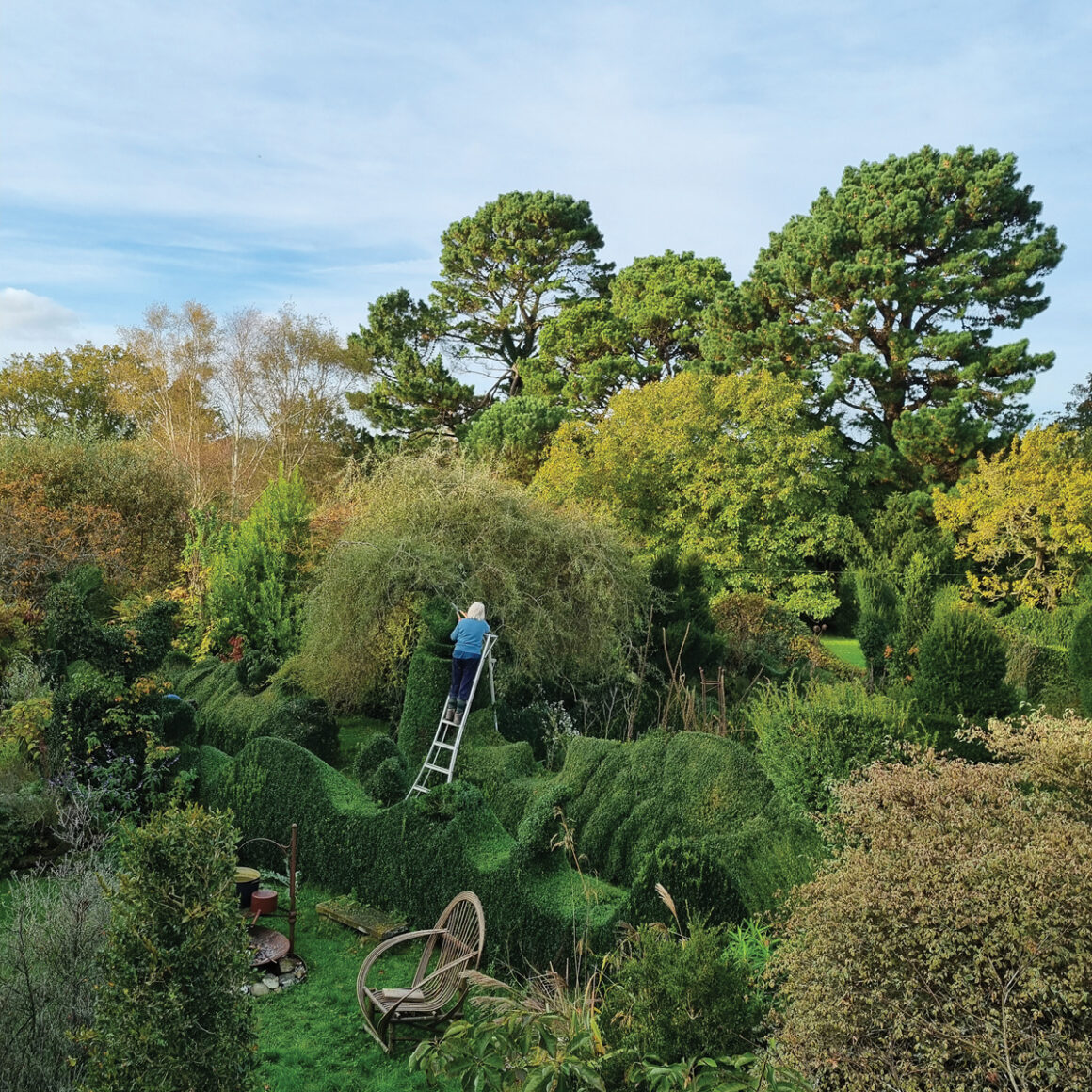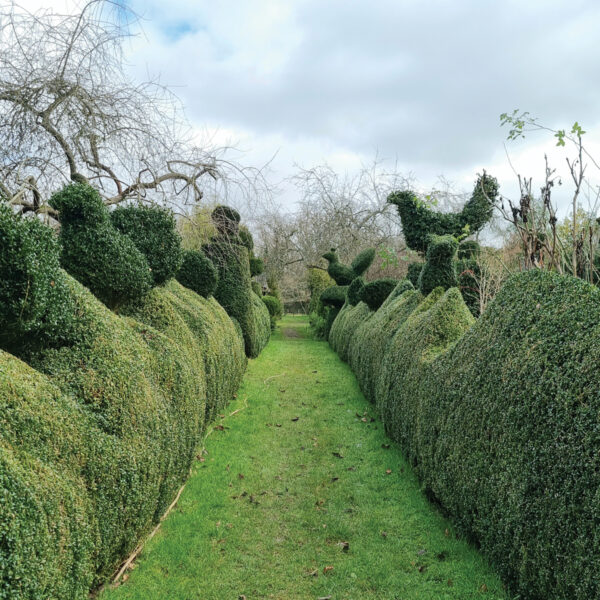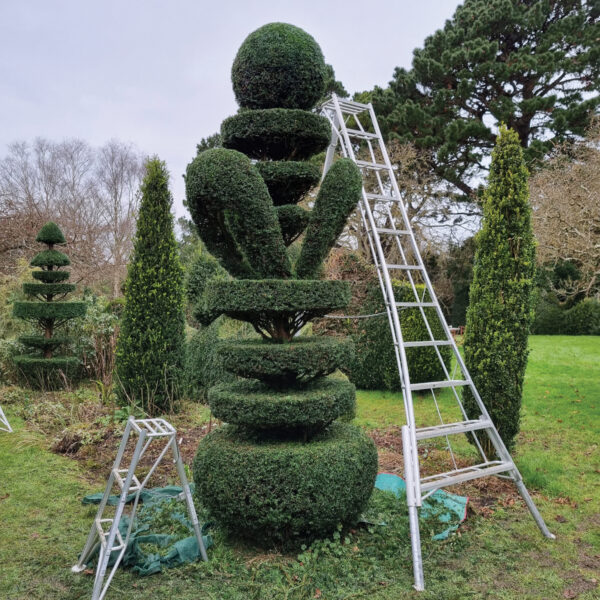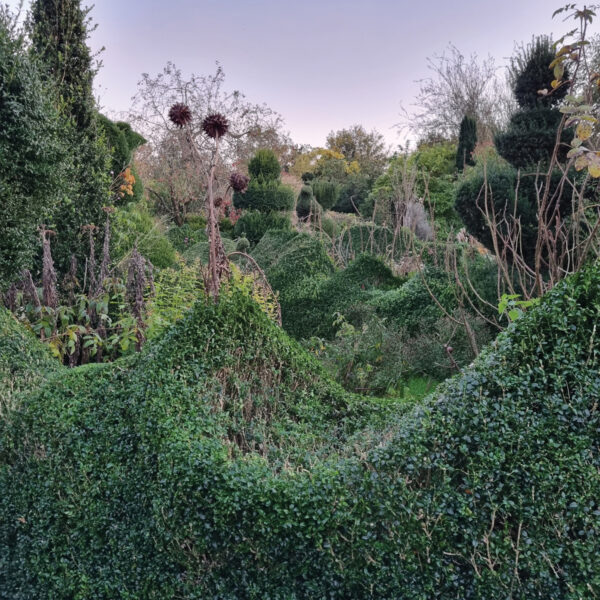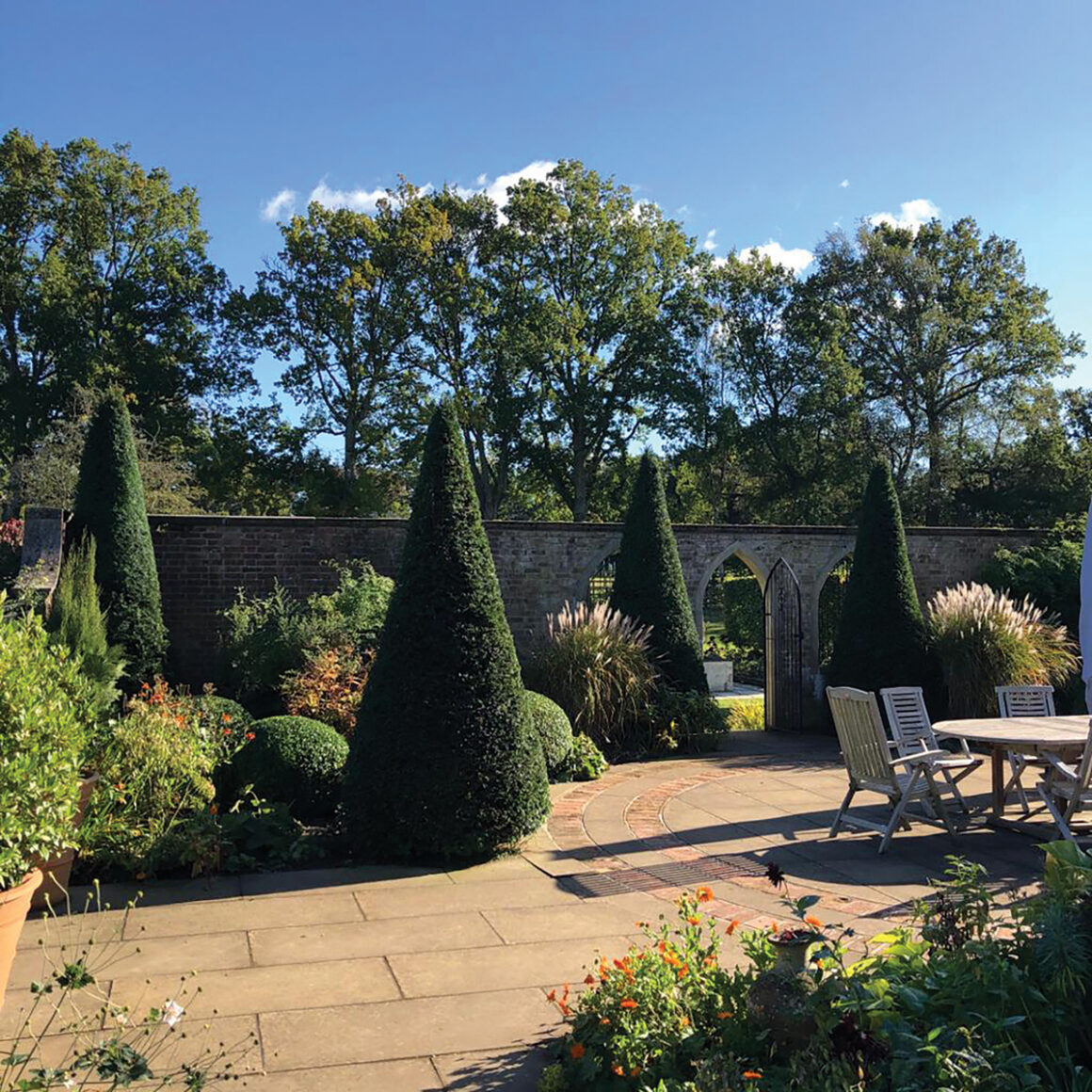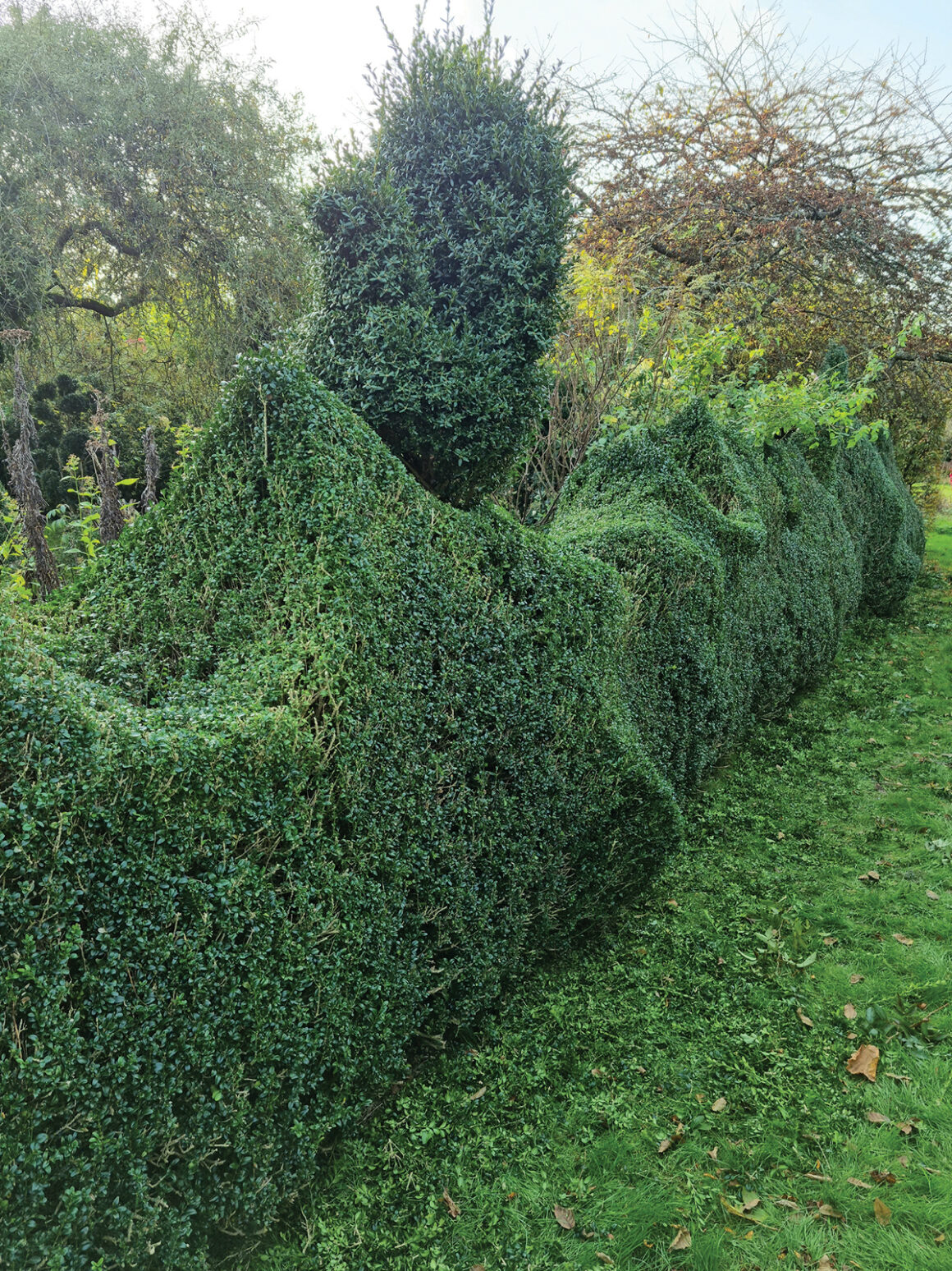Topiary, the art of living sculptures
Topiary, the art or practice of clipping shrubs or trees into ornamental shapes, is an art form of living, horticultural sculpture.
The art form became fashionable within the Roman Empire where topiary was often featured in the gardens surrounding the Roman villas and it has also long been the feature of many Japanese temple gardens, with shrubs shaped to mimic the surrounding hills and mountains.
It was during the Victorian era that the trend reached Britain, often gardeners of stately homes would use the architectural qualities of topiary to create structure and focal points within the grounds. Although the horticultural art form saw a decline in popularity, trends now show it has certainly made a comeback, with contemporary styles featuring in gardens, small or large, formal or organic.
Styles and plant types
Whilst there are no real rules as to where topiary should be used, the key is to use the right style of topiary to suit the garden. Symmetrical and architectural shapes are much better suited to formal gardens, whereas intricate and amusing forms are better suited to informal cottage-style gardens. Likewise, contemporary and organic shapes can compliment the modern or smaller garden, often with a single topiary piece such as a spiral used to create a focal point.
The two most classic topiary plants used in Britain are Yew and Box, however the latter is becoming less popular with designers, due to the increasing problems with Box blight and the devastating damage caused by Boxwood caterpillars. It is because of this impact that other smaller leaved evergreens, especially slower growing varieties, such as Holly, Bay and Privet, and certain deciduous species such as Hornbeam and Hawthorn, are also being used to create topiary.
Whether in the form of perfectly trimmed Box spheres or whimsical animals shaped from Yew, it has long been a subject of excitement and wonder within a garden.
How is topiary created
There are several ways that topiary can be introduced into a garden. The first being planting pre-shaped plants from specialist nurseries, which will provide instant impact. Another method is to grow the topiary from scratch but be warned, it is not a quick process and can take several years before the desired shape is created.
Creative pruning
Another method which is becoming increasingly popular is to use existing shrubs within a garden to create topiary, this method is known as creative pruning. Overgrown shrubs can be transformed into interesting natural shapes that add character and interest. This method originates from the Japanese style of creating interesting and creative shapes by carefully pruning existing plants.
Design and consultancy
Topiary is a fantastic way to add interest and excitement to a garden. The asset of a carefully maintained and clipped shrub or tree is definitely worth the patience and time given to its creation. Sussex Topiary & Hedges offer comprehensive consultancy on how to establish topiary within a garden. Whether it’s sourcing the right plants, from local nurseries or European growers, or creatively pruning and maintaining existing shrubs. For the professional topiary artists and hedge specialists, based in East Sussex, all topiary is unique and every client’s vision is different but you can always guarantee a bespoke and interesting feature to your garden.
